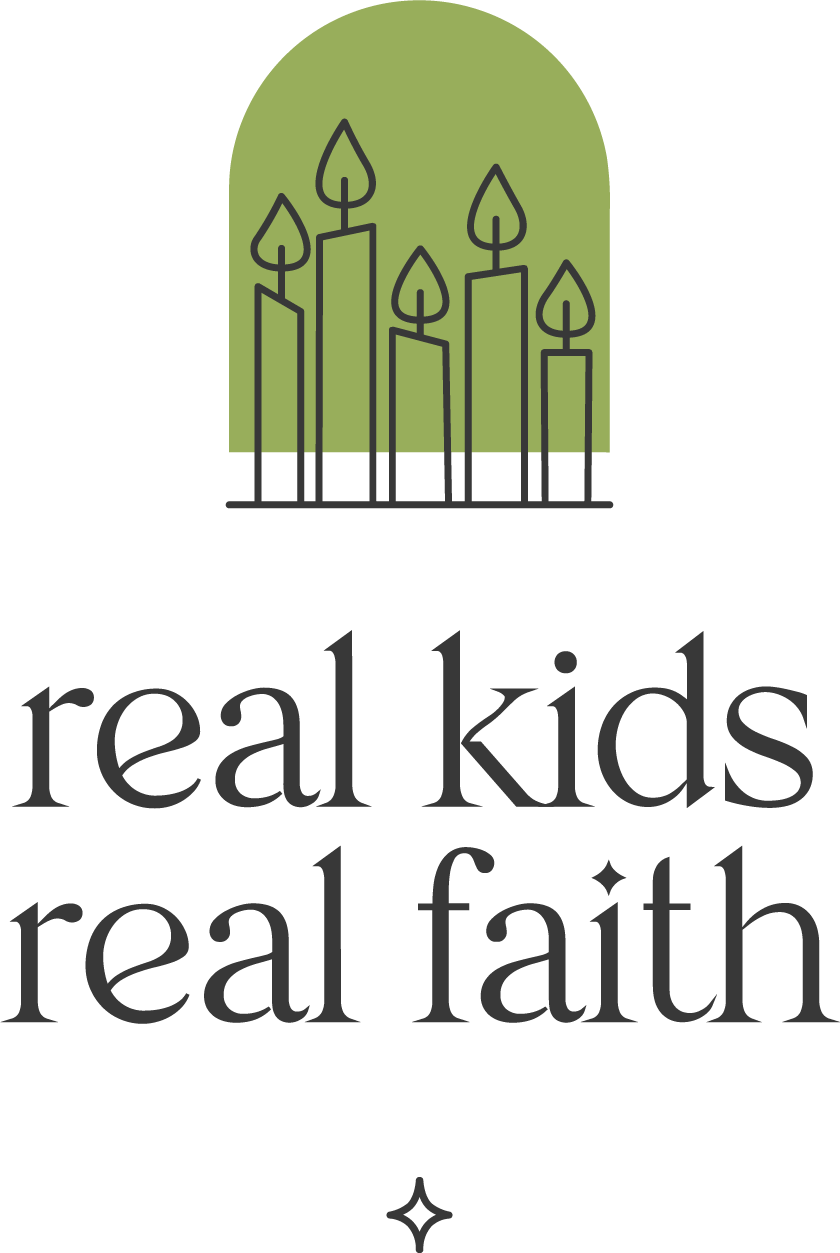Research suggests that curiosity is both an innate human trait and a learned skill. The desire to learn more about our environment is hardwired into our DNA, yet the degree to which societies encourage wonder affects how fully children develop their wondering abilities. Susan Engel, a developmental psychologist who studies curiosity, suggests that kids today often lack opportunities to be curious. They need parents and other caregivers to encourage wondering activities.
One place to begin is with Micha Archer’s picture book, Wonder Walkers. With gorgeous collages and a few words, the author invites children ages 3-8 to wonder about the natural world. Read the book together and try one or more of the suggested activities to nurture children’s curiosity.
Wonder walking. The two children in the story leave their house on a walk. They notice and ask questions about the things they see. Invite children to go on a walk with you. It could be outside or inside. As you walk, encourage kids to wonder aloud about the things they see. Model asking questions such as, “I wonder what that ant is carrying?” or “I wonder how many books would fit in that bookcase?” or “I wonder who else has walked along this path?”
Making connections. The children in the story often connect nature to their experiences. They wonder if the sun is like a light bulb or the moon a nightlight. Invite children to look around and find something that reminds them of something else. For example, a fuzzy blanket might remind them of a cheetah or a beetle might bring to mind buttons on a shirt. Encourage them to draw side-by-side pictures of the item and what it reminds them of.
Following up. The book is full of questions. Invite children to pick one and explore that idea further. For example, they might investigate whether caves have mouths by searching for images of caves and debating the look and purpose of their openings. (Even better, visit a cave!) Or they might research the many purposes of dirt and discuss how it is and isn’t like skin.
Breathing together. One idea in the story is that the wind is like our breath. Invite children to sit outside in the breeze (or simulate the wind with a fan). Encourage them to close their eyes and breathe slowly in and out while feeling the wind on their skin. After a minute, ask: How is the wind like your breath? How is it different? Continue breathing with the wind for another minute, then open your eyes and share what you experienced with one another.
Wondering buddies. The kids in the story like to walk and wonder together. They are able to explore and share their ideas along the way. Ask children: Who would you like to be your wondering buddy? Invite them to create an invitation that requests that person join them on a wonder walk. Suggest that they set a time and date, designate a place, and share their excitement about wondering with their invitee.

Comments